Mass shootings in America have become more and more normalized. According to Mother Jones, in 2023, there were 13 mass shootings in the country; three of those 13 took place at schools, with two of the three occurring on college campuses.
The FBI defines an “active shooter” scenario as one or more individuals actively engaged in killing or attempting to kill people in a populated area. In 2013, the Department of Justice performed a survey using the FBI’s definition of a mass shooting as a baseline. The DOJ’s definition of a mass shooting is any incident where four or more people are killed with a gun.
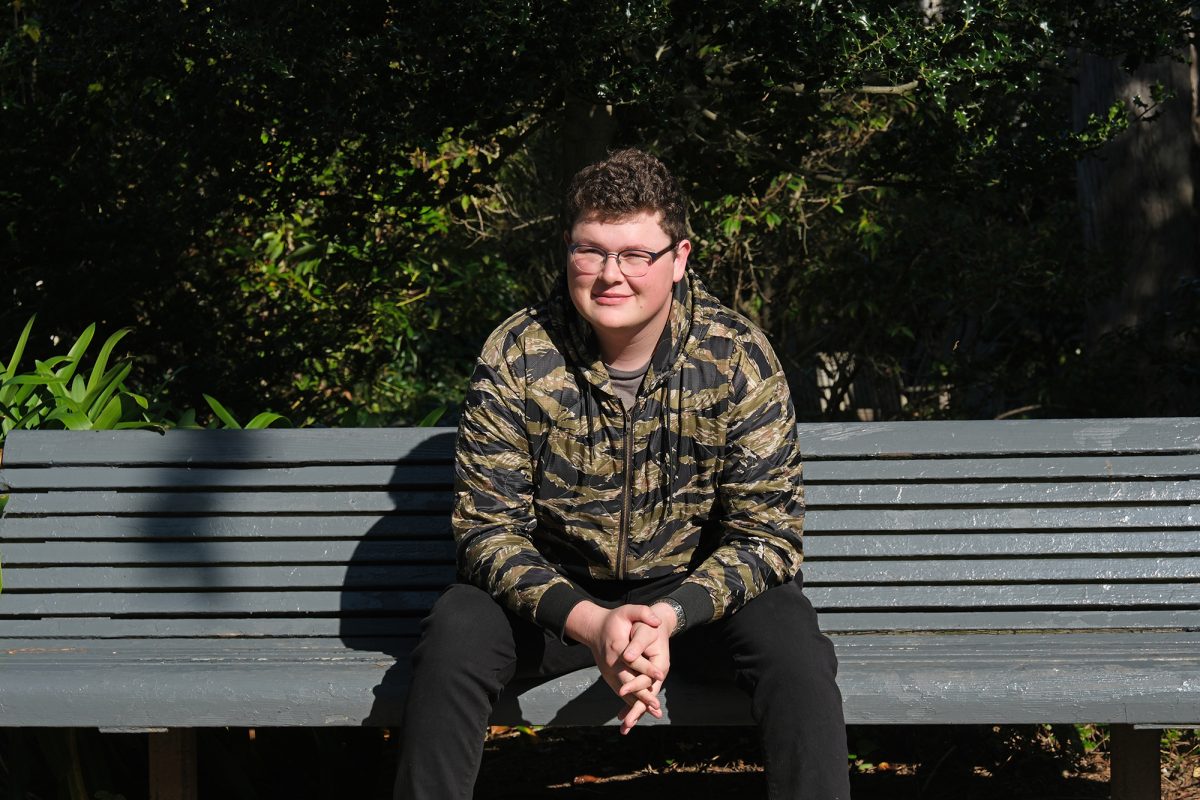
Yuly Kipervarg, 21, is a third-year psychology major at San Francisco State University. The thought of an active shooter has crossed his mind.
“I’m not gonna say it’s never gonna happen because that’s what every school says, and then there’s some guy who comes on campus with an AR-15 and blows everybody up,” Kipervarg said.
The advent of social media has propagated more avenues and exposure to threats for schools and public areas.
“I remember this one guy who went on Instagram live and was like, ‘I’m gonna bomb the school, I’m gonna shoot up the school,’ then two hours later, he and his mom were arrested,” Kipervarg said. “UPD said ‘Don’t come to school for the rest of the day,” so I feel safe on campus. I think the police have it handled.”
Andre Caballeros is a transfer student at SFSU who has been studying chemistry since 2020 — during the early stages of the pandemic.
“I walked from one of (my friend’s) houses at 2 or 3 a.m., and they were insistent that I take a knife so I don’t get mugged,” Caballeros said.
Walking home late, Caballeros typically spends late nights with friends who reside in Parkmerced.
Michael Estrada, one of Caballeros’ friends who also lives in Parkmerced, recommends people who are out late at night go straight home and take a form of deterrent, such as a knife or pepper spray, when walking. Like Caballeros and Kipervarg, Estrada also has concerns about the campus’s safety, given its open nature.
“Are we prepared for (a shooter)?” Estrada said. “PD is… isolated away from campus. …When seconds matter, help is minutes away.”
Estrada has faced several alarming experiences when walking home late at night.
“I almost got mugged right off campus,” Estrada said. “Mind you, it’s a block off campus and PD is nowhere to be seen. I’m like, ‘Bro, can you guys be here, please?”’
Gun Law
Consistently recognized as the leading state in terms of gun laws, California utilizes a variety of laws to reduce the chances of a mass shooting. The strongest deterrent for firearm users is the universal background check, which makes background checks a necessary step in all gun sales and transfers.
This universal background check is accompanied by a 10-day waiting period for all gun sales. Giffords Law Center, an advocacy organization against gun violence, found that the waiting period can reduce suicide rates by 7% to 11% and reduce homicide rates by 17%.
The mental health awareness in California has gotten to a point where those who experience mental health adversities face more restrictions before being able to acquire firearms.
California has also raised the age requirement for buying any firearms from 18 up to 21 years of age. However, there are a few exceptions to this rule. For example, any 18-year-old with a valid hunting license can purchase long rifles.
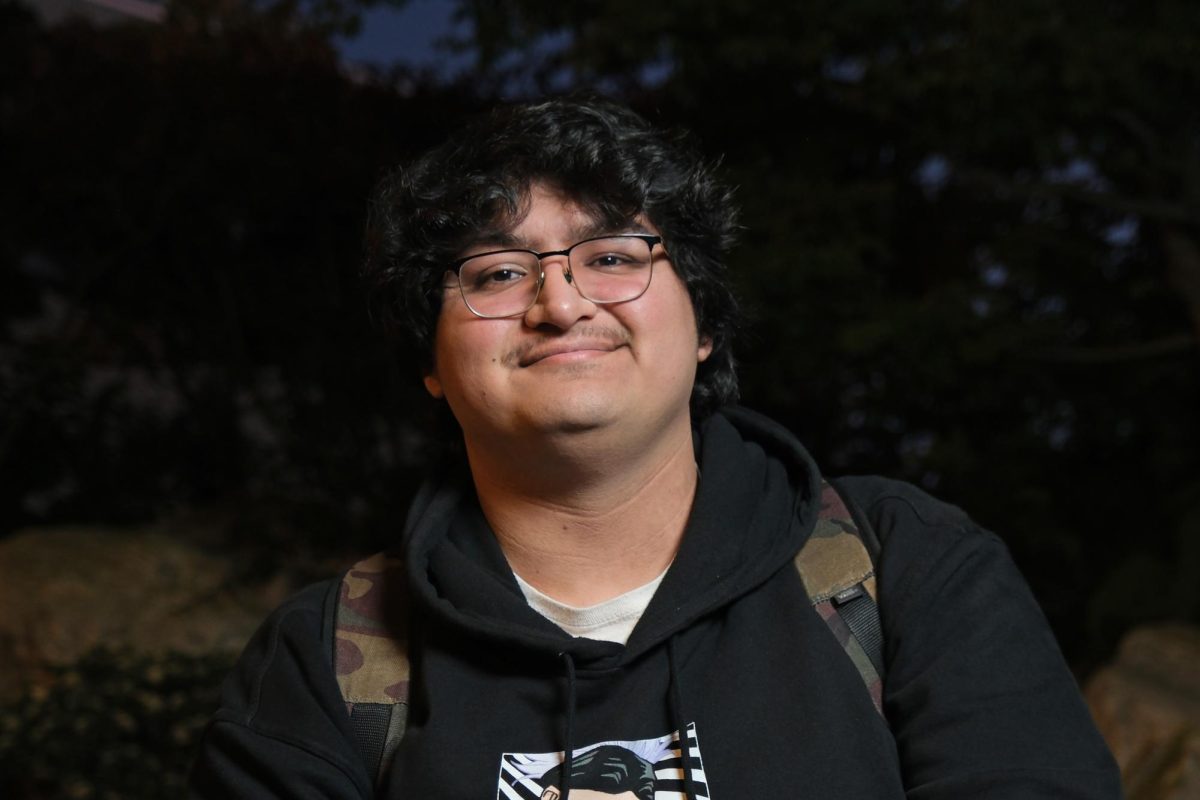
Another deterrent that California has is the Red Flag Law, which allows law enforcement, family members, employers, coworkers and school employees to file a Gun Violence Restraining Order against anyone who may be a threat to others or themselves.
The law was passed in 2016 and the GVRO prohibits one from being able to possess firearms. In 2019, Gov. Gavin Newsom had passed several laws that would only strengthen the power of the GVROs and this increased the number of GRVOs from 85 to 1,284.
The sale, purchase and ownership of assault weapons is entirely prohibited in California. The state became the second in the nation to implement this ban, following the District of Columbia in 1932.
Each state has different definitions for what an assault weapon is. For California, it is based on two main factors: specific model names and assaultive features.
Our Campus History
In the last 10 years, SFSU has encountered four gun-related incidents on and around campus, with the oldest dating back to June 18, 2016. According to UPD reports, San Francisco Police Department had reported shots fired, with a possible victim down on Lake Merced Boulevard and Higuera Avenue at 12:02 a.m.
When SFPD arrived, they found Thanh Nguyen, 34, on the west sidewalk. Nguyen had been shot twice with a .45-caliber round. Upon further investigation, UPD found a live round in front of the Fine Arts building at approximately 9:04 p.m. later that same day.
On Oct. 17, 2020, UPD was dispatched to 225 Buckingham Way, apartment 204, for a welfare check on James Sante, an SFSU student and SFPD cadet. UPD arrived at 10:47 p.m. and was notified that SFPD was responding to the same location for a self-inflicted gunshot wound.
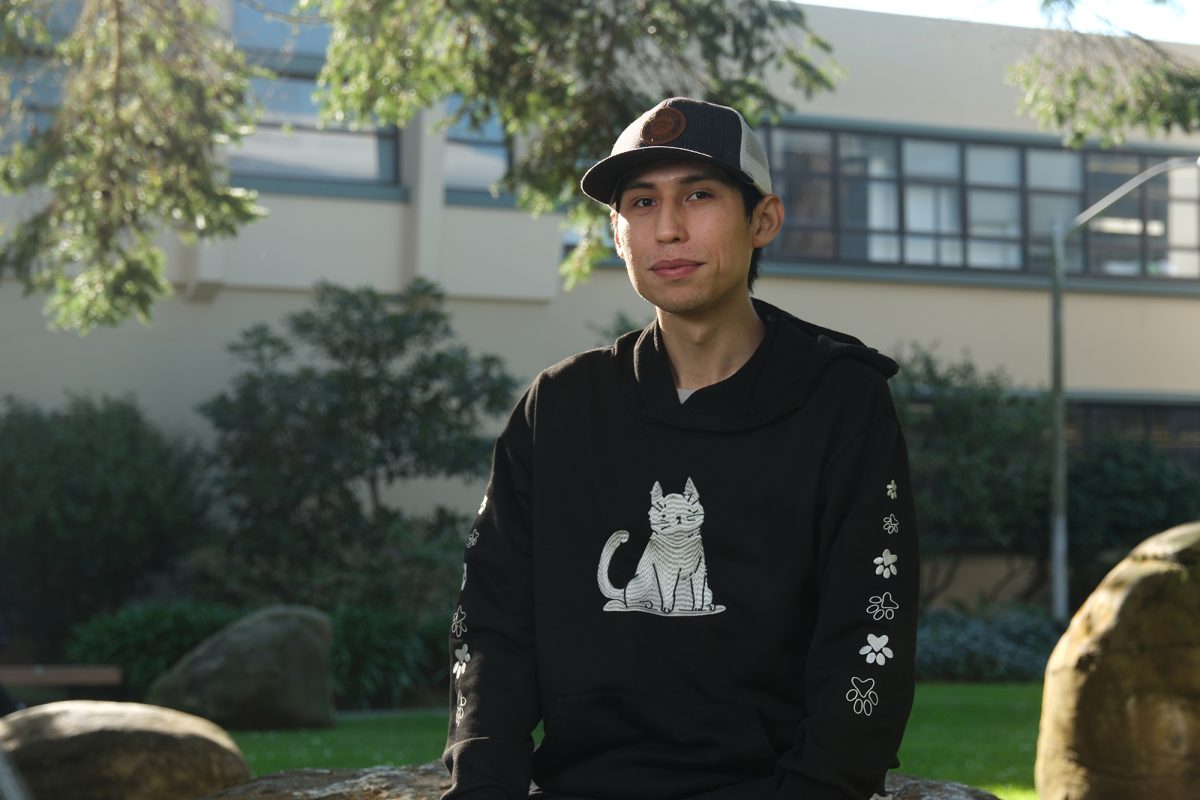
According to the report, Officer Robert Nolasco was first to the scene and confirmed Sante to be the victim. Nolasco found a black pistol near Sante and a possible farewell note printed out on his desk.
One week later, on Oct. 24, UPD received an email from SFSU faculty stating that a bullet had struck a window in Hensill Hall 743. The email also stated no one was in the building when it occurred but that it happened sometime between Oct. 19 and Oct. 24.
Officer Zaid Hadi was contacted by Lt. Dave Rodriguez about the email and was instructed to go investigate. Hadi observed a one-inch-wide hole in the middle of the glass window and SFSU Plant Operations stated that the cost to repair the window was $6,000.
Nearly a year to date, on Oct. 16, 2021, UPD found an unidentified male unresponsive in a gray Hyundai XG 350 located in Lot 20, level 2H. Officer Hadi found the man at approximately 7:07 p.m. with both his headlights and tail lights on.
Hadi located a single spent 9mm shell casing and a black pistol chambered in the same caliber. Upon inspecting the pistol and releasing the magazine, Hadi located one live round in the magazine and one chambered in the firearm.
Mass Shootings on College Campuses
Mother Jones has compiled a spreadsheet that documents all mass and spree shootings in the U.S. dating back to 1982. In 1966, a gunman took the lives of 15 people and injured 31 more at the University of Texas at Austin. This is recorded as the first modern mass shooting in America.
There have been 13 mass shootings on college campuses in America this year, with the most recent at the time of publishing being at the University of Nevada, Las Vegas. Four people were killed and one injured. The gunman was killed in a shootout with the Las Vegas Metropolitan Police Department.
In California specifically, there have been four mass shootings on college campuses, with the first in 1976 at California State University, Fullerton. On July 12, a gunman killed seven people and injured two more.
California wouldn’t see another mass shooting on a college campus until 2012, when a gunman shot 10 people at Oikos University in Oakland. On April 2, a gunman killed seven and injured three using two different handguns: a Glock-19 and a .22-caliber Walther P22 semi-automatic pistol.
In 2013, a gunman used a homemade .223-caliber semi-automatic assault rifle, with 40 high-capacity magazines and a “black powder” handgun to kill his brother and his father at home. He then continued his rampage, killing a total of six people and injuring three more before being killed in a firefight with the police.
The latest incident to occur was in Isla Vista, the college town which surrounds Santa Barbara, in 2014. The gunman started his rampage by stabbing three people to death in his apartment and then proceeded to drive around town. He struck 13 people with his car and killed three more people with two Sig Sauer P226 semi-automatic pistols and a Glock-34 before committing suicide while the police closed in on him.

Campus Safety Plan
“If you feel the hair stand up on the back of your neck, or something just doesn’t feel right in your gut, I always advise people (to) go with that feeling,” said Lt. James Callaghan, services division commander for UPD. “That’s kind of something that’s built into us as a survival instinct.”
UPD has an Active Threat Training section that contains a video provided by the CSU. The CSU instructs its students to utilize “Run, Hide, Fight,” which has the trainee quickly run down a checklist to decide which is their best option in the relative situation.
This approach is based on the FBI Active Shooter Event Quick Reference Guide. An infographic guide on what to do during an active shooter event is available on the Active Threat Training section of the UPD website.
The best thing one can do in a situation like an active shooter, according to the CSU’s video, is to prepare. Upon entering the public domain, individuals should take a moment to observe their surroundings for exits. Inside, they should look for large furniture that can be used to block entrances or curtains that can be closed.
Lt. Callaghan firmly believes that adopting one’s initial instinct is the optimal course of action. However, survival during an Active Shooter Threat may hinge on having given prior thought to one’s surroundings.
“It is really, really important that we think about these things,” Callaghan said. “It’s unfortunate (that) we have to think about them, but we need to think about some of the things.”
In your everyday scenarios, think of possible escape routes, inconspicuous hiding places and possible weapons. Active shooter events typically occur with no lead-up and end very quickly so it’s best to consider it.
“When seconds matter, help is minutes away,” Estrada said.
Comparison to other campuses
San Jose State University spoke to Golden Gate Xpress about how there is no mandatory training for students but they have training available for students upon request. It can be found on their site under Run, Hide, Fight training, where students can watch a six-minute video.
“We go buy the Run, Hide, Fight protocol put out by the Department of Homeland Security and the FBI. Run if they can, hide if they can, and fight if they have to,” said Srgt. Chris Zonsius, the community engagement manager at SJSU.
Faculty and staff at SJSU are required to take online training, but the SJSU UPD department offers in-person training for everyone and anyone who requests it on campus. While these trainings are updated each year by the FBI and Department of Homeland Security, SJSU UPD makes small changes to help better cater to their community.
A major point Zonsius wants to emphasize is the use of social media. In a recent convention, Zonsius learned that 75% to 80% of active shooters post to social media before acting.
“We need students, faculty and staff to let us know these things so we can act,” Zonsius said.
California State University, Long Beach UPD has set up a way to request an active shooter response training presentation online. Because of the presentation’s nature, it can last anywhere from 60 to 90 minutes, encompassing an office and classroom walk-through, as well as a barricade demonstration.
The Active Shooter Response Training is CSULB’s most requested training by far, according to Allyson Joy, emergency manager at CSULB, averaging once or twice a week with a predictable increase when media attention is on active shooters.
“It’s often difficult to get people engaged in general preparedness but I don’t have to do that with active shooters. There is fear and anxiety around this even if it’s not the most pressing danger,” Joy said. “I feel it’s empowering and impactful despite its 90-minute run time and I feel that people really leave the training feeling less fearful and anxious.”
CSULB teaches Run, Hide, Fight and has the same video SFSU UPD has on its site available for anyone to access. For incoming students, they have an onboarding process that includes training on active shooters.
Statistics
In 2021, California was recognized for being No. 1 in the country for gun safety, ranking 37% below the national average, according to Giffords Law Center to Prevent Gun Violence. In 2023, California ranked first out of the 50 states for gun law strength. For gun-related deaths, California ranked 44th with an average of 9.0 gun-related deaths per 100,000 people.
In 2019, Brady California, an advocacy group against gun violence in California, discovered that from 1993 to 2021, the state had achieved a 49% reduction in gun-related deaths. They note that in 2020, the COVID-19 pandemic, the civil unrest surrounding the presidential exchange power, and racial tensions had influenced a spike in handgun sales. This caused the general declining trend to have its biggest spike in over 20 years.






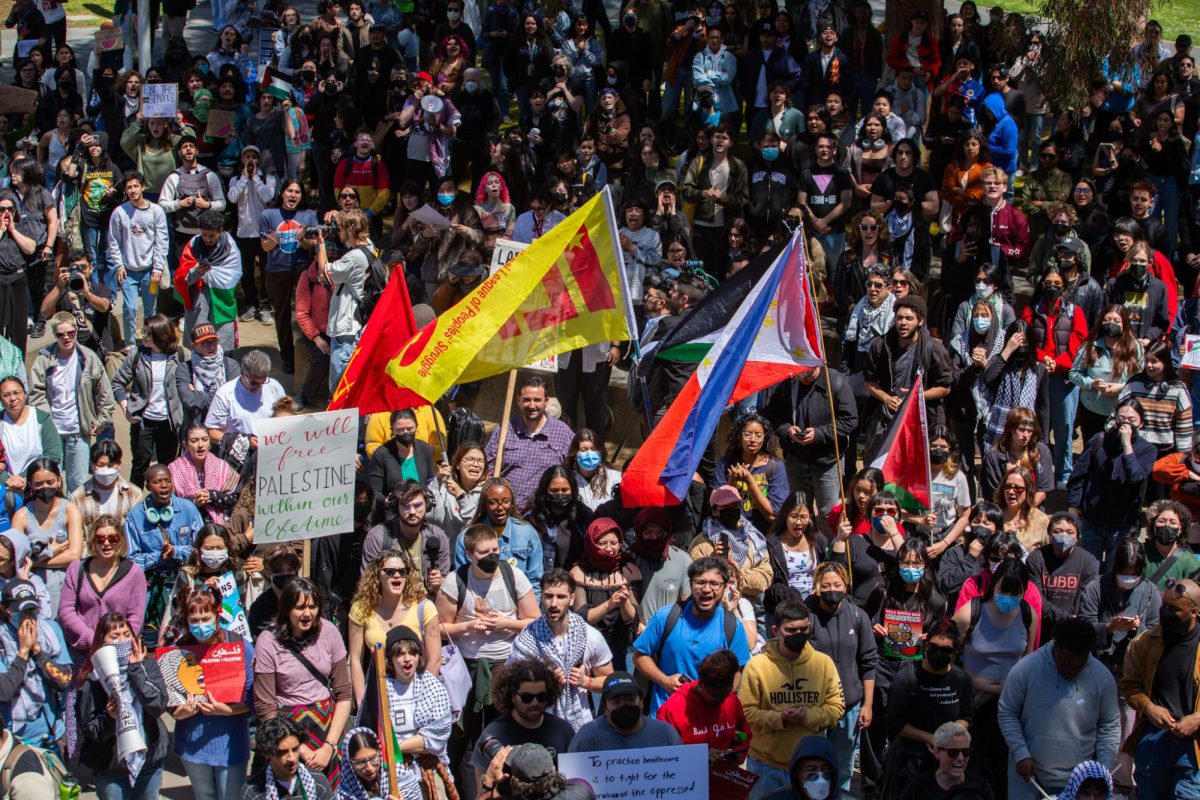
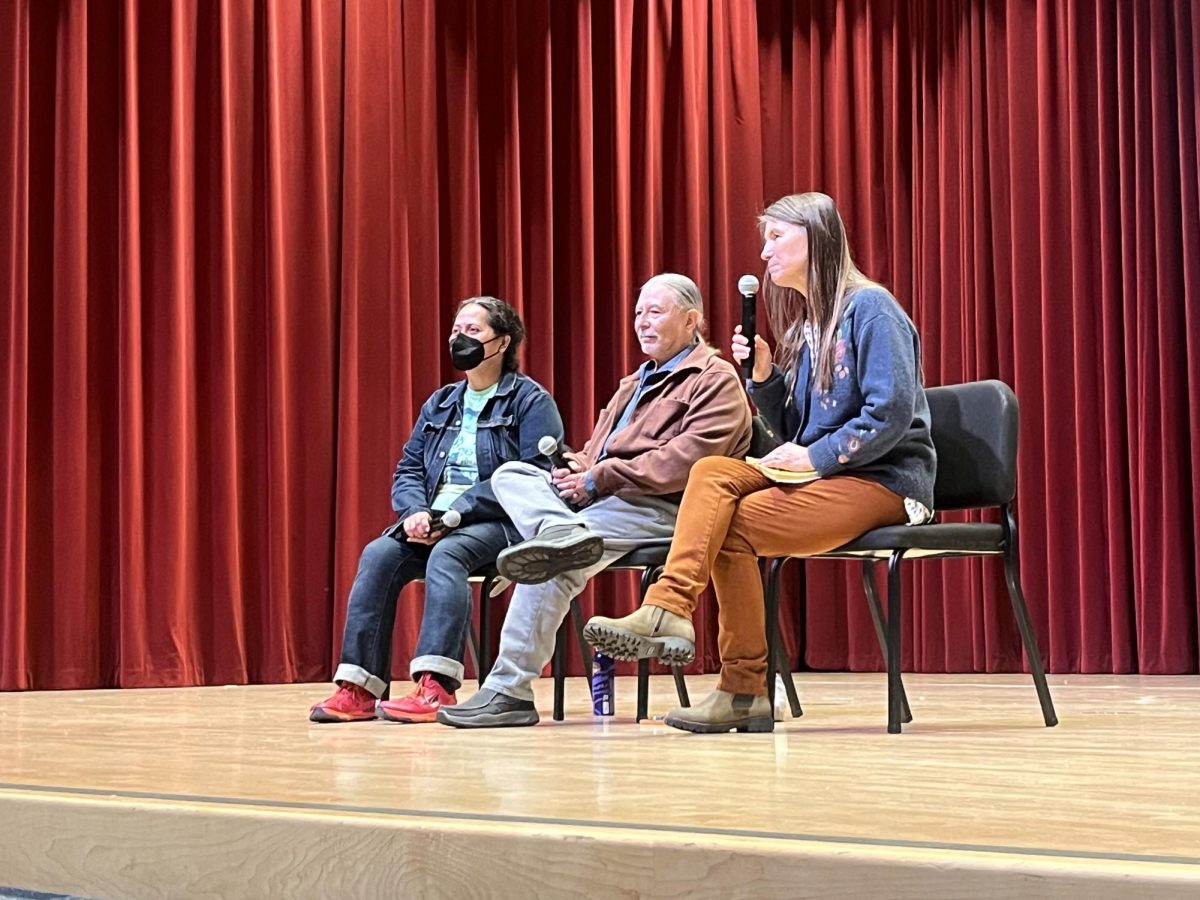

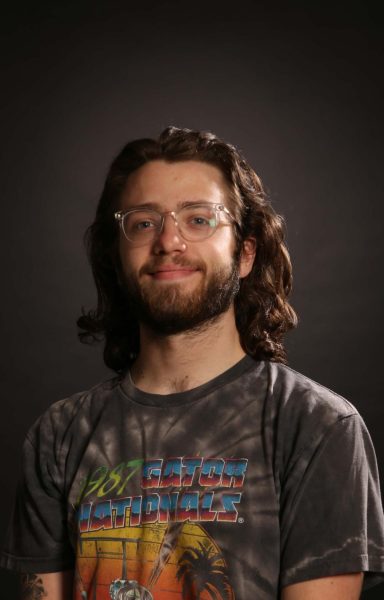
Denise Battista • Jan 2, 2024 at 4:13 pm
I’m faculty at SFSU. The last active shooter training course I attended was in 2018 – the same year the (kind of helpful) “Run, Hide, Fight” video was put out. I was dismayed the entire course focused on how to prepare and what to do in administrative buildings – not classroom buildings or actual classrooms. There’s a big difference. When the course was over, I spoke with the person running the course. He suggested I send an email. I sent the email and was told I had a good point, but that was all they had to offer. SFSU needs to hold another (several) active shooter training courses that pinpoint different audiences and our specific campus – not just people who work in administrative buildings.